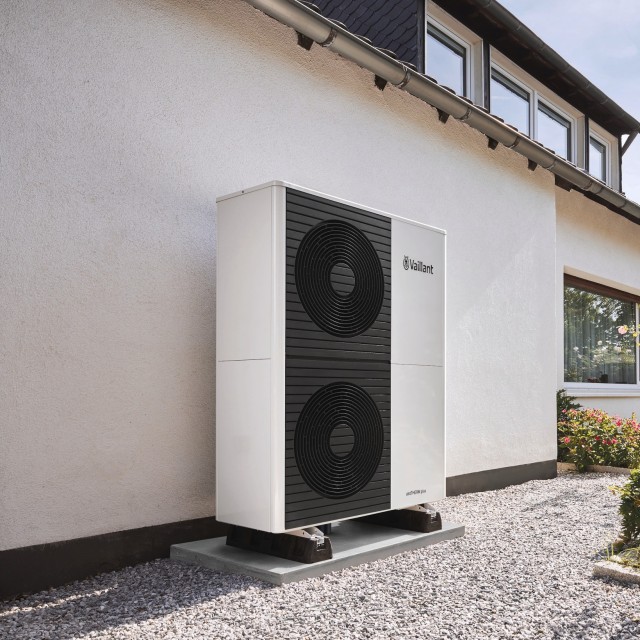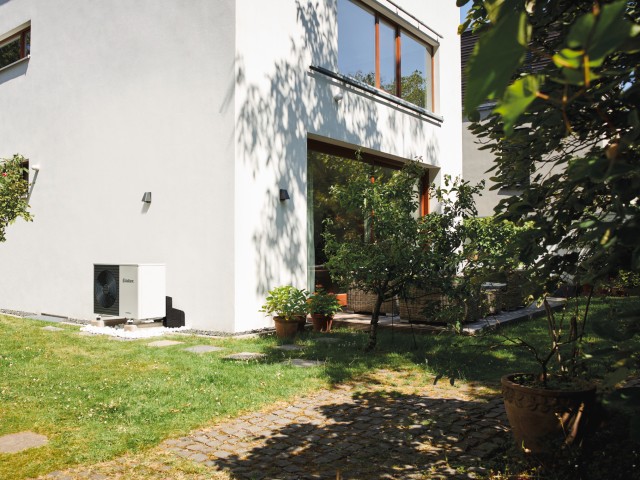Heat pumps are a sustainable and effective way to provide heating and hot water for your home, but if the only option for installation is in your garden, some homeowners may be worried about the way they make their garden look.
Find out how to hide a heat pump to keep your garden looking its best!




